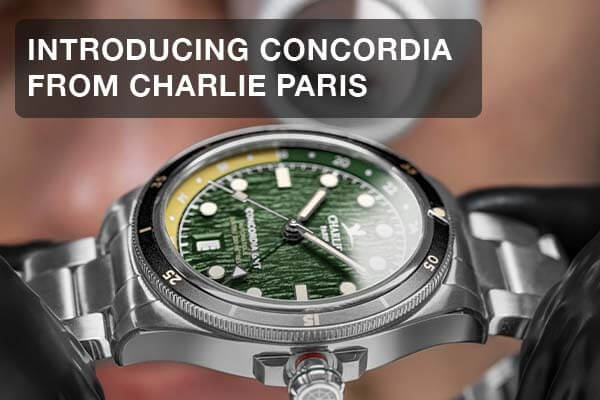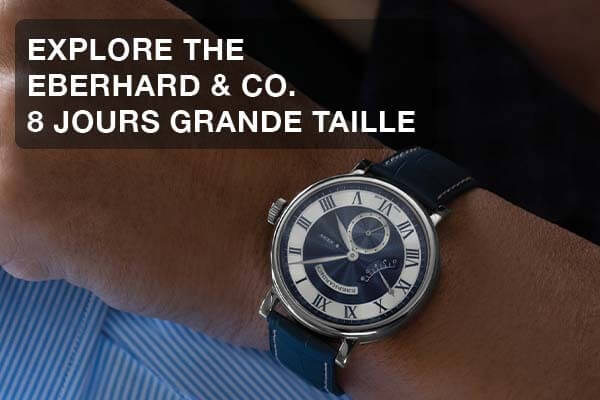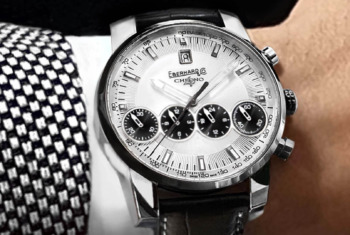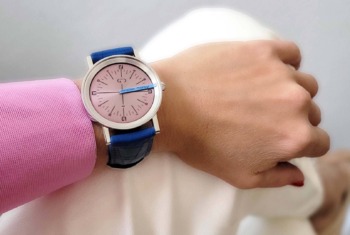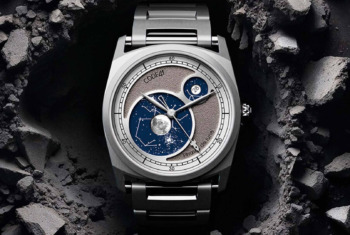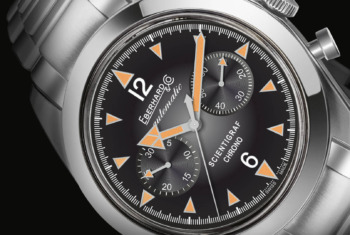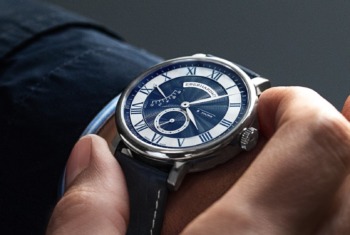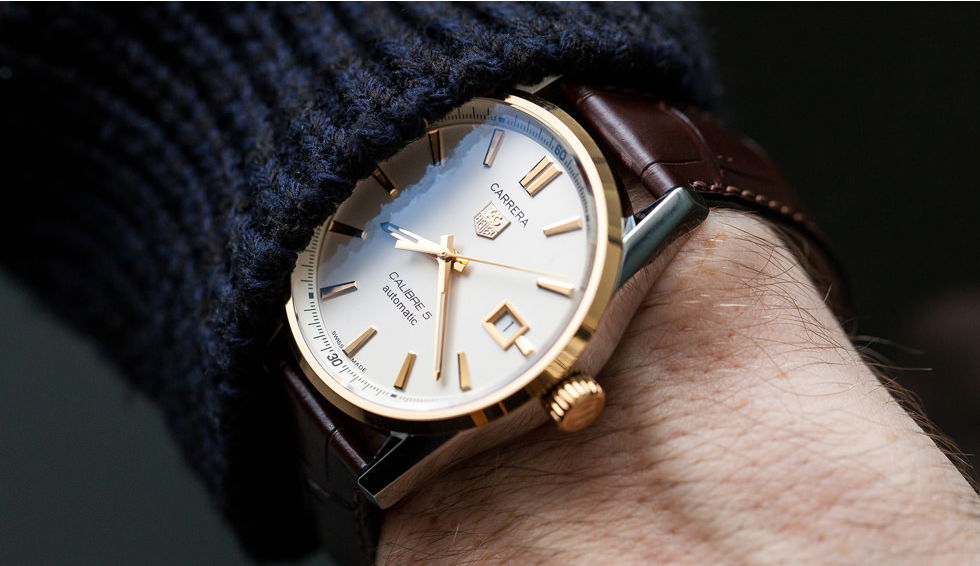
BUSTING MYTHS
TAG Heuer has been on the radar long before the now-famous Calibre 11 was launched back in 1969. A rich past can be rife with rumours. Here are our top 8 myths and misconceptions about TAG Heuer.
Myth 1: The Tag Heuer “Stopwatch” was the first watch in space.
The first watch in space was actually the Poljot Sturmanskie and not the TAG Heuer Stopwatch. However, The TAG Heuer Stopwatch was the first Swiss watch in outer space and also the first to circumference the Earth at least once.
Myth 2: TAG Heuer is responsible for the discovery of the chronograph.
Even if TAG Heuer is synonymous for high quality chronographs, it wasn’t the one to first create them. In 1816, the first chronograph was devised by Louis Moinet, almost a half a century before the foundation of Heuer. However, the manufacturer was a decisive component in the development of the modern chronograph, owing to the invention of the first oscillating pinion by Edouard Heuer. With two different sprockets it functioned as a type of clutch for the stopped second and is still frequently used even today. The ETA/Valjoux 7750 is probably the world’s most frequently used mechanical chronograph movement.
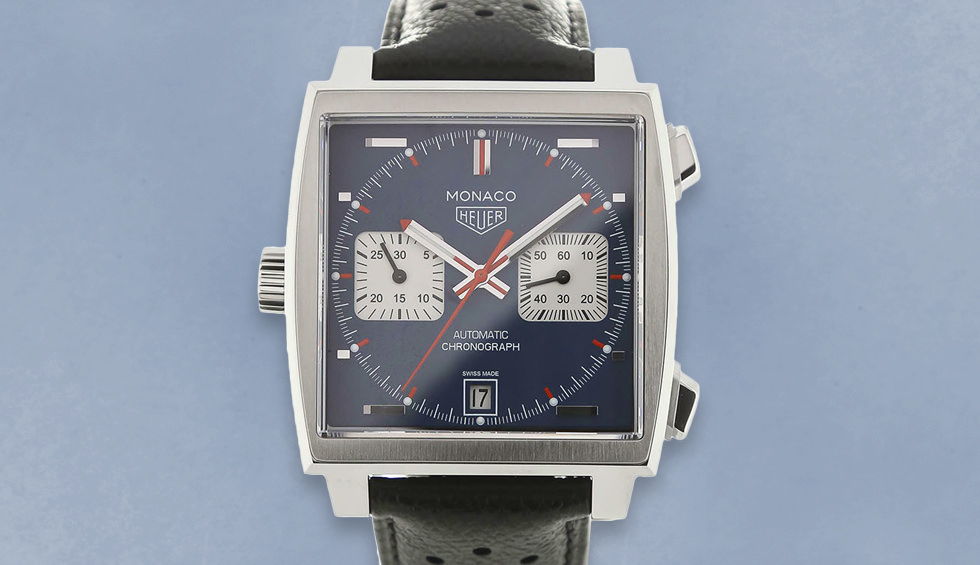
Myth 3: Steve McQueen privately wore a Heuer Monaco.
In the cult movie (at least among watch enthusiasts) Le Mans, Steve McQueen made the Heuer Monaco famous. Even today, it’s still the most prominent quadratic watch of the world and unequivocally fused together with the name of the “King of Cool”. However, in his private life, Steve McQueen almost exclusively wore his Rolex Submariner No Date Ref. 5512.
Myth 4: The Calibre 11 was the first chronograph movement with an automatic winding mechanism.
The debate of what exactly was the first automatic chronograph movement of history has been ongoing for almost a half of a century. Was it the Seiko 6139, the El Primero, or even the Calibre 11? While it’s often alleged that the development of the Calibre 11 was finished long before the El Primero and the Seiko 6139 (initially restricted to Japan) made it to the market, it’s generally the El Primero that receives the nod for being the first. The reason is, that the in-house development from Zenith was finished a few weeks before the 6139 and the El Primero were presented in 1969.
Myth 5: The Calibre 11 has not been used for other models other than the Monaco.
The Calibre 11 is consistently brought into connection with the TAG Heuer Monaco, which has led people to believe that the calibre wasn’t used in other models. In reality there are multiple Autavias and early Carreras equipped with this classic movement. Among collectors, the most sought after are those that were released after the first implementation of the Calibre 11. These bear the logo Chronomatic and were subsequently tagged with Automatic Chronograph shortly thereafter.
Myth 6: The crown of the Calibre 11 was positioned on the left side so it wouldn’t disturb its wearer.
The models of Monaco and Carrera embody the racing sports of the 60s and 70s like hardly any other models. Occasionally it’s said, that the crown was positioned at 9 o’clock so it wouldn’t press in against the back of the hand while in a bent wrist position. For example, when turning an automobile’s steering wheel. Nevertheless, this isn’t the exact reason, nor has it something to do with Steve McQueen’s habit of wearing the watch on his right wrist.
Another misconception is, that the position of the crown was actually only an element of its design to emphasise the watch’s uniqueness. However, it was actually more of a technical necessity. The Dubois-Dépras chronograph module could only be mounted on the Buren’s micro rotor movement so that the pushers had to be placed on the opposite side of the crown. Notwithstanding, because the pusher is used more frequently during wear and tear, TAG Heuer decided to place the crown on the left and not the pushers. Today, the crown is an essential feature and a large part of the mystique of the Calibre 11.
Myth 7: The new edition of the Calibre 11 is the same as its original version.
The revised version attempts to resurrect the original Calibre 11 as much as possible. However, there are a substantial amount of differences, because the technology as well as the availability of Ébauches (non-assembled movements) and components has changed over time. While the first Calibre 11 from 1969 is based on a Buren 1281, the new interpretations of the ETA 2892 and the Sellita SW300 are also used. Both models are characterised by the use of a Dubois-Dépraz chronograph module, a bi-compax arrangement of the sub dials with a stopped hour, and especially the distinctive left-sided crown.
Myth 8: Radium was used as a luminous material in the first Carrera models.
It’s a well-known fact, that luminescent watches were branded with the letter “T” for tritium, even before the introduction of both Luminova and SuperLuminova. The tagging itself wasn’t placed on the bottom portion of the dial, but rather on the upper half of the sub dial, placed at the 6 position. This was significantly different compared with other Swiss watch models. It’s often assumed that radium as a luminous material has been used instead of tritium in the earliest Carrera models because they don’t have any “T” branding. However, today most everyone agrees that the missing “T” isn’t an indicator for radium, but rather just of a missing luminous labeling, which didn’t exist at that time.


